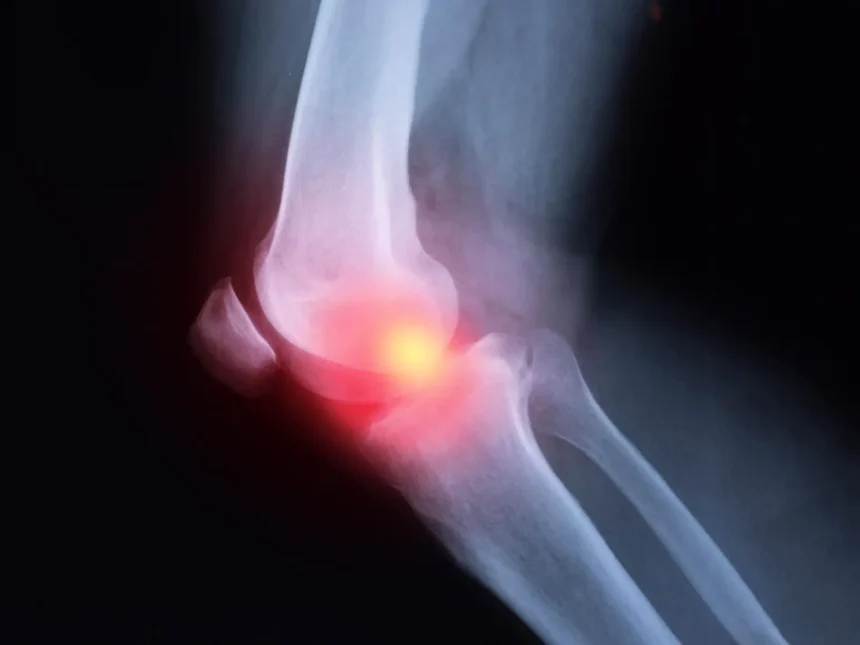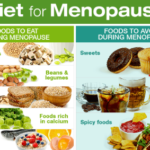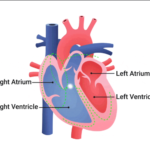Ankylosing spondylitis (AS), a chronic inflammatory disease, has been linked in a recent study to having elder siblings and having had one’s tonsils removed as a child. Researchers discovered a 12–15% greater risk after tonsil ectomy in childhood and a 30–36% increased risk after having elder siblings based on data from the Swedish health registry. Although the study’s observational design precluded it from conclusively establishing causation, it does support the hypothesis that early-life infections may play a role in the development of AS. The study also took shared familial variables into account.
The findings strengthen the theory that childhood infections influence ankylosing spondylitis development
According to a big study that was published in the open-access journal RMD Open, having elder siblings and having your tonsils removed when you were a child both increase your chance of developing the chronic inflammatory arthritis known as ankylosing spondylitis, or AS. This is consistent with the hypothesis that infections throughout childhood may have a role in the development of this disorder, which results in inflammation of the spine, joints, and tendons and causes pain, stiffness, and exhaustion.
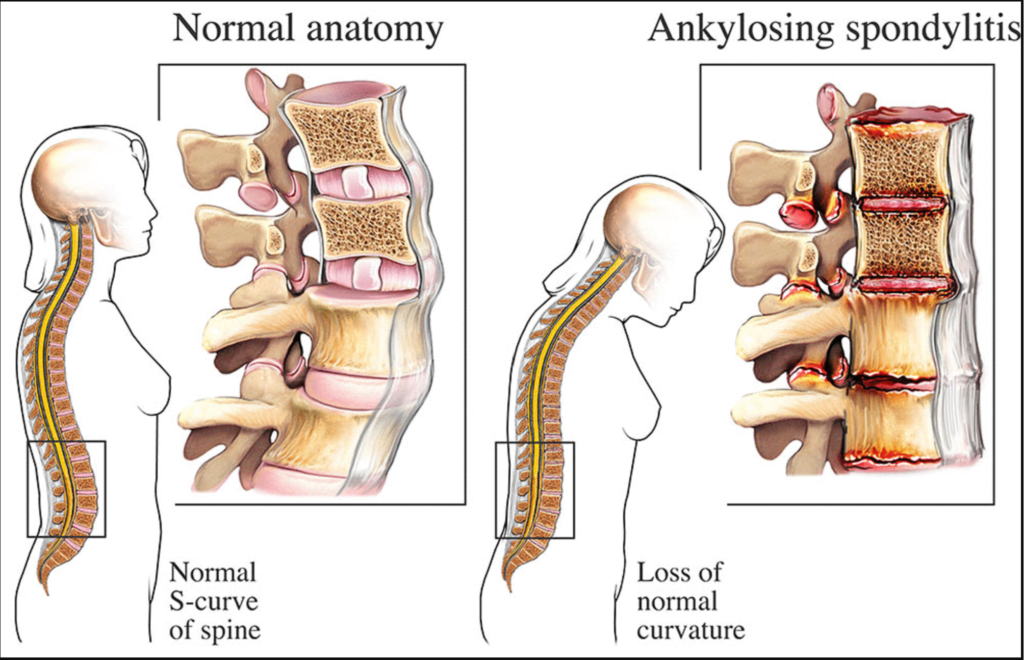
Ankylosing spondylitis
While genetic predisposition is the main cause of AS, early environmental variables are also thought to have a role in the disease’s development.
Study Details and Early Life Risk Factors
In order to investigate this further, the researchers compared the exposure to different early life risk factors in adults with and without the illness by using health and family unit data from national Swedish population registries.
Cases had to have visited a specialised clinic either as an outpatient or as an inpatient at least once with a documented diagnosis of ankylosing spondylitis between January 2001 and December 2022 in order to be eligible for inclusion in the case-control study.
Every case was paired with an average of four healthy members of the general public for factors such as sex, birth year, and place of residence.

Pregnancy length, baby birthweight, multiple births, Caesarean section delivery, maternal illnesses throughout pregnancy, and season of delivery were among the early life risk variables. The mother’s age at delivery, her weight (BMI) in the early stages of her pregnancy, and whether or not she smoked were also included.
The number of siblings, severe childhood illnesses from birth to age 15, and tonsil and/or appendix ectomy prior to age 16 were other factors taken into account.
Also read : Green Power Surge: Broccoli Sprouts’ Unexpected Hidden Health Benefits
Findings on Risk Factors and Sibling Analysis
Between 2001 and 2022, 6771 individuals born after 1973 had a diagnosis of ankylosing spondylitis. 5612 of these were chosen as the cases because they were born in Sweden.
Having just one or more elder siblings (12–15% heightened risk) was one of several characteristics linked to an increased likelihood of receiving a diagnosis of ankylosing spondylitis, but not siblings in general.
After controlling for potentially significant variables, tonsil removal prior to the age of 16 was linked to a 30% increased risk, whereas serious childhood illnesses were related with a 13% increased risk.
Being born in the summer or fall was considerably lower in risk than being born in the winter, whereas multiple births were associated with a 23% heightened risk compared to singleton births.
Following that, the researchers performed a comparative study between siblings—3965 with the condition and 6070 without—in order to account for potentially significant shared environmental influences, both measured and unmeasured.
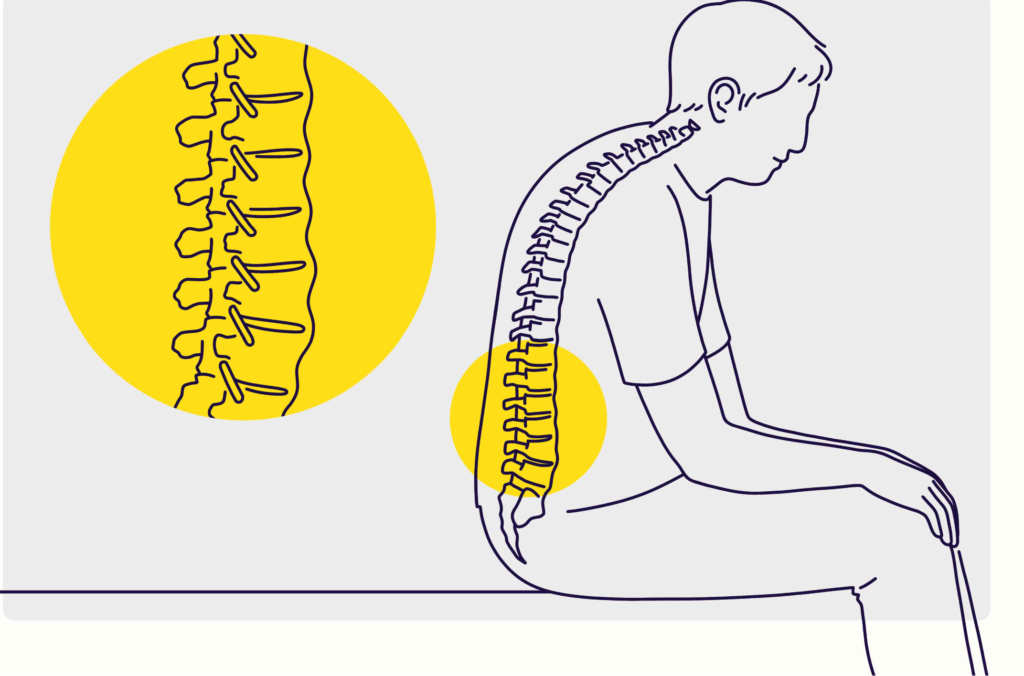
After controlling for sex, mother’s age, and year of birth, the research showed an 18% increased risk for having one older sibling compared to having none, and a 34% increased risk for having two or more older siblings.
The researchers write that while it has been demonstrated that newborns with older siblings are more exposed to illnesses early in life than infants without siblings, they are unable to pinpoint the mechanism underlying this risk increase from their data.
After accounting for potentially significant variables, the relationship with tonsil removal increased to a 36% heightened risk, whereas the association with serious childhood infections seen in the case-control study dropped to a 4% heightened risk.
Limitations and Conclusions
Since this study is observational in nature, it is unable to determine a cause. Since the researchers did not have access to family doctor data, only individuals born after 1973 were included in the study. Serious infections were detected via hospital records and tonsil removal only.
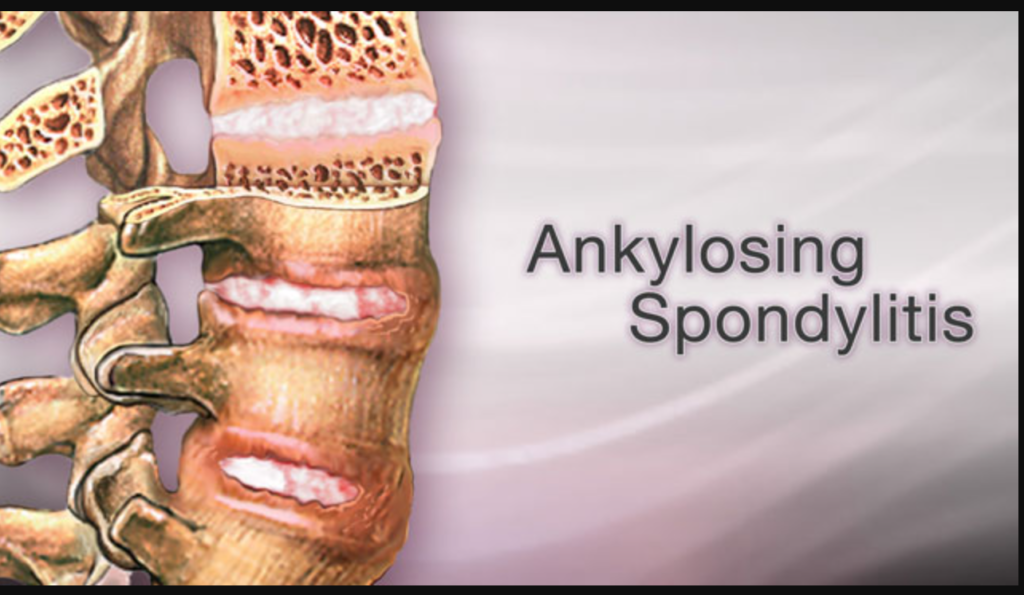
Even after adjusting for family shared characteristics in a sibling comparison study, the researchers still come to the following conclusion: “Having older siblings and a history of tonsillectomy in childhood were independently associated with the development of [ankylosing spondylitis].” This supports the theory that illnesses contracted as a youngster contribute to the genesis of [the ailment].
Reference: “Association of childhood infections and perinatal factors with ankylosing spondylitis: a Swedish nationwide case–control and sibling study” by Matilda Morin, Karin Hellgren, Ulf Lindström and Thomas Frisell, 1 September 2023, RMD Open.
DOI: 10.1136/rmdopen-2023-003
Also read :Charles Darwin And Natural Selection In The Theory Of Evolution







